Clean energy for all: can sun and wind power our lives? Understand article
Can we meet all our energy needs with renewables? How can energy models help us to explore the future of energy? And how can we all become part of the energy transition?
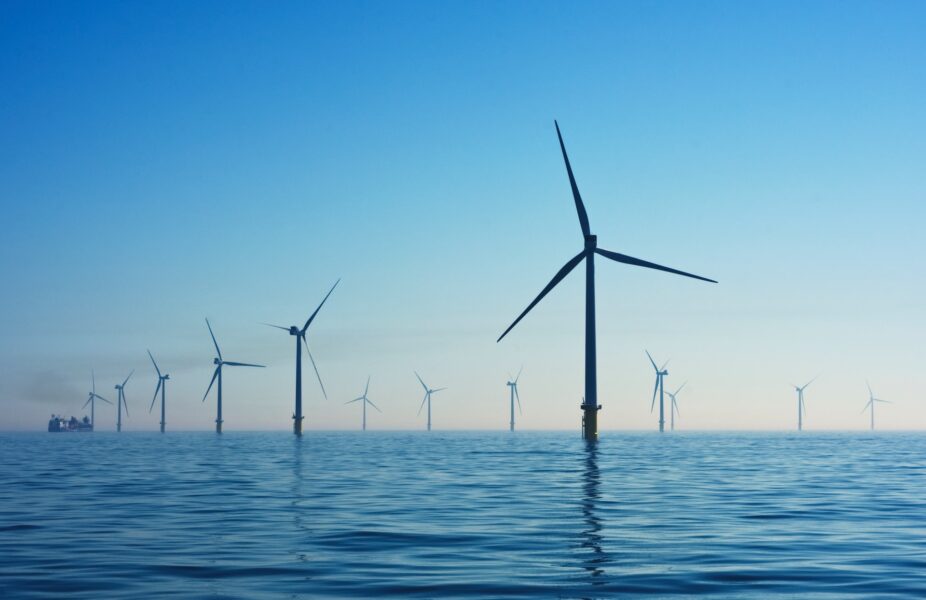
Currently, everyone is talking about saving energy and reducing dependence on fossil gas for energy. Europe is facing an energy crisis in which fuel sources have become scarce and energy prices have risen dramatically.
We are still highly dependent on fossil fuels. In the European Union (EU), more than two thirds of the energy consumed comes from burning fossil fuels, such as coal, oil, or gas, and around half of this energy is imported.[1] This energy mix is bad. Why? Because burning fossil fuels leads to the emission of greenhouse gases, such as carbon dioxide (CO2) or methane (CH4), that cause global heating. Reliance on imported energy also leaves countries vulnerable since geopolitical events can lead to their supply being cut off.
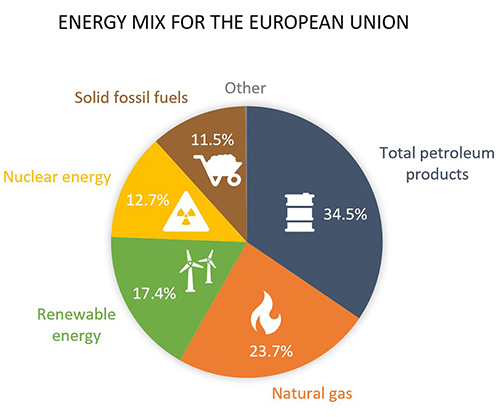
Image courtesy of the author.
The other third of our energy comes from nuclear energy and renewable energy sources such as hydropower, wind, and solar.[1] Unlike fossil fuels, renewable-energy sources are naturally replenished on a human timescale or are available in essentially unlimited amounts. Scientists have developed various technologies to generate electricity or gas from renewable sources, such as solar photovoltaic cells, wind turbines, or biogas plants. Renewables are nowadays the cheapest and cleanest (least polluting) form of power production[2] and they can be produced in the EU. Therefore, they are important to achieve an affordable, secure, and sustainable energy supply.
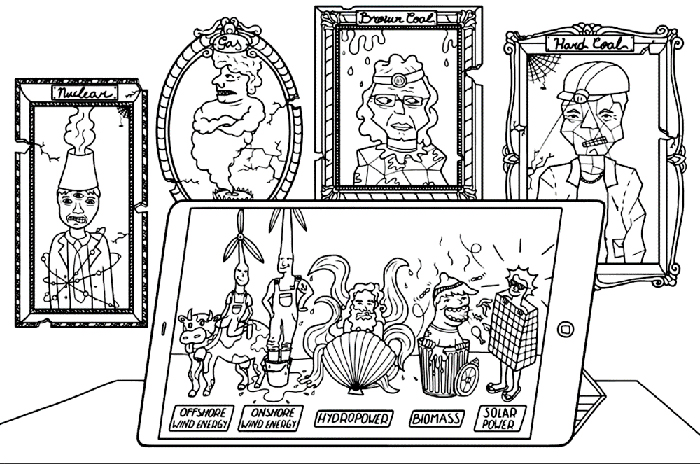
©Ellery Studio, Berlin, used with kind permission
The compass for a climate-neutral Europe
The EU’s response to the energy crisis is a triangle: 1) energy saving, 2) diversification of energy supplies (different energy sources from different countries), and 3) acceleration of clean energy.[3] All three measures are also important to make Europe climate-neutral in the long run. To tackle the global climate crisis, the EU wants to become the first climate-neutral continent by mid-century. This was set out in the so-called European Green Deal, which provides a compass for a transition to a sustainable, prosperous economy in Europe.[4] To achieve this target, the EU must accelerate its transition to renewable energy. By 2030, 55% of the energy supply should be provided by renewable energy sources. A compass is nice because it gives direction, but ultimately you have to start walking to reach your destination. It is important to know where we want to go but policies must be enacted to get us there. Setting the right incentives is no easy task because energy systems are complex: we must make decisions about technologies and investments in technologies and infrastructure, while also considering the people and nature that will be affected by the transition.
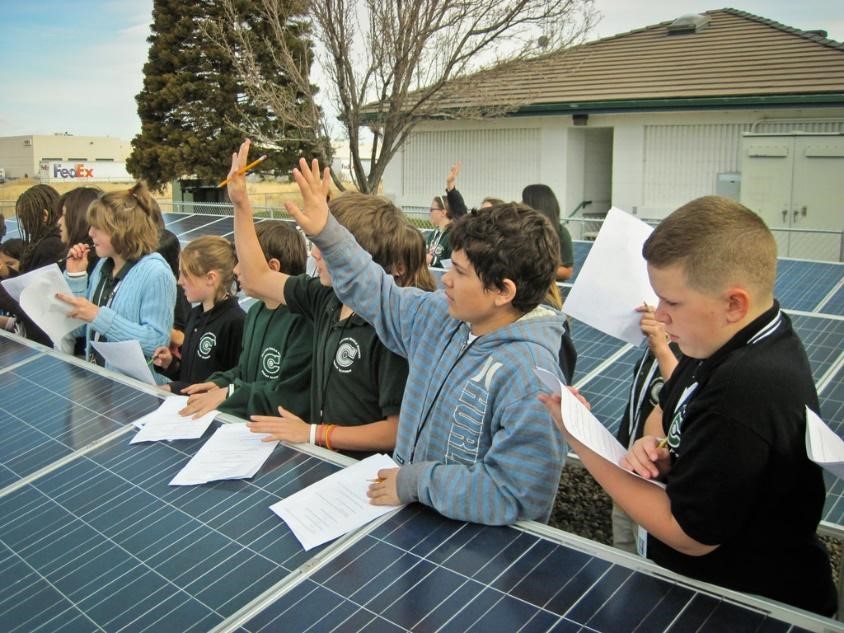
Energy models as laboratories
Energy models can serve as decision-making aids for policymakers and other decision-makers in energy planning and investments. In the project Sustainable Energy Transition Laboratory (SENTINEL),[5] we used twelve energy models to explore whether we can rely only on energy from renewable energy sources in the future. You can think of energy models as computerised laboratories that represent a simplified picture of our complex world: You put different inputs in the model, such as how much energy we need, how much wind and sunlight is available in a given area, and how much certain technologies cost. You can then get information from the model about optimal places to build a certain type of renewable energy technology and how much it will cost us, as well as visualisations of how our energy system could look in 2030 or 2050. For example, my colleagues working with a model called “Euro-Calliope” have developed a data explorer. You can use it to explore over 400 options to make Europe climate-neutral (see below).[6] The model shows that there are many ways to eliminate fossil fuels and the message is clear: it is possible to supply us with clean energy all year around, even if sometimes the wind does not blow or the Sun does not shine.
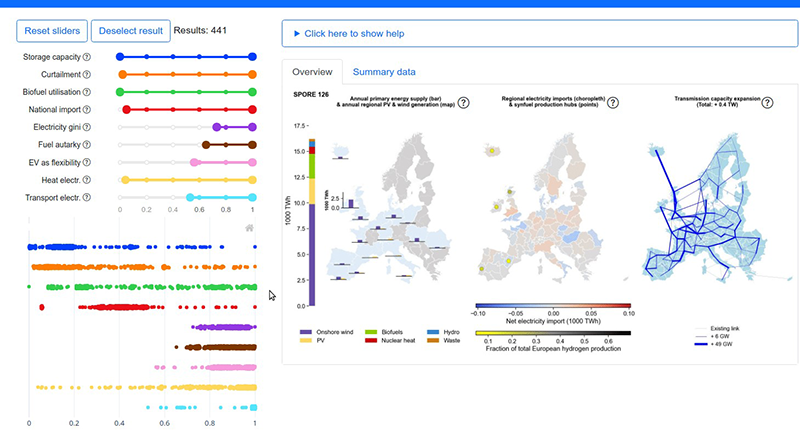
Another model we used is called EnergyPLAN. It simulates the operation of national energy systems on an hourly basis and takes into account electricity, heating, cooling, industry, and transport. Like Calliope, it helps you to design 100% renewable energy systems. The DESSTINEE (Demand for Energy Services, Supply, and Transmission in Europe) model complements the other models by focusing on energy demand and the economic challenges in developing the necessary energy infrastructure.
However, such models should not be taken as ‘truth machines’ or ‘crystal balls.’ Rather, they can facilitate discussions about trade-offs between different options: more photovoltaic panels or more wind turbines, more or less transmission lines, more or less storage capacity, etc.
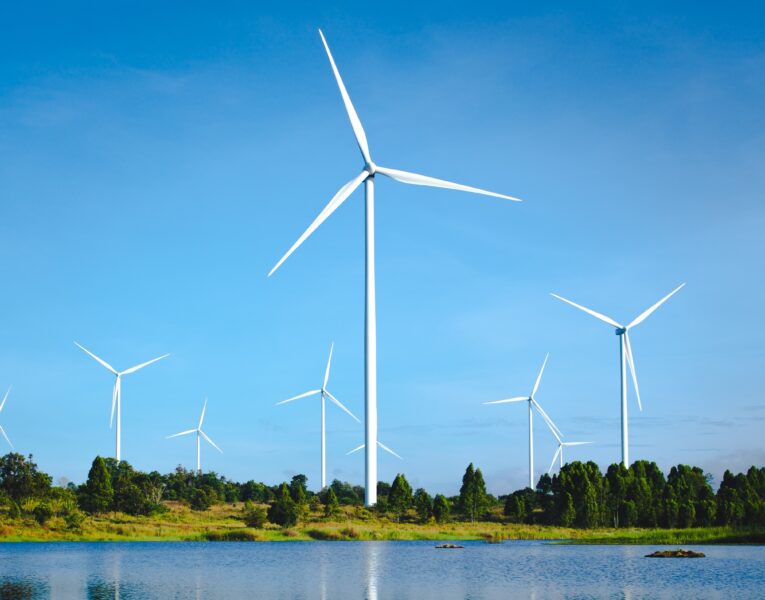
Computer models have become much better over the years at reflecting technical details, but energy models often neglect important social and environmental aspects of the energy system.[7] What does this mean? Models like Calliope can tell you where it would be best from a technical perspective to install a particular technology. In reality, the people who live in that location might not like the idea of wind turbines or a biogas plant next to their house. In addition, renewable energy technologies are built from raw materials and require a lot of land – all aspects that are not considered in most models. Researchers, like me, work together with different stakeholders – people working on policy, in the energy industry, or for non-governmental organisations – to find out what questions and concerns people have and what energy challenges they are facing.[8] If researchers know that, they can improve the models.
In the SENTINEL project,[5] we have developed new modelling tools and linked them with existing models such as Euro-Calliope to better address these non-technical aspects. We were able to show that different options in our future energy system offer different opportunities and have different environmental impacts. Consequently, models can become more realistic and provide better advice to policymakers.
How can you become part of the energy transition?
With the energy transition, we will need to move towards renewable-energy-based energy production. This will likely also mean that the energy you consume will be produced closer to you. But that’s not all. You can also become an electricity producer yourself and even share the electricity with your neighbours. There are a growing number of communities and citizens who are building their own solar panels or wind farms. On the website of REScoop – a European network with over 1900 European energy cooperatives and their 1 250 000 citizens committed to the energy transition – you can search for energy projects near you.
Some municipalities even want to achieve energy autarky; this means to become self-sufficient so that the electricity demand can be covered by 100% local renewable electricity. Using data from the Euro-Calliope model, researchers created a map of possibilities for energy autarky with sunlight and wind in European countries, regions, and municipalities. In their study,[9] they found that the potential of solar and wind energy is large enough to provide Europe with electricity. However, not all municipalities will be able to be self-sufficient. One example is the city of Berlin in Germany; the good news, however, is that the less densely populated area around Berlin offers opportunities to produce more electricity than is needed. Check out the energy autarky map out and find out if your country, region, or even municipality could become self-sufficient!
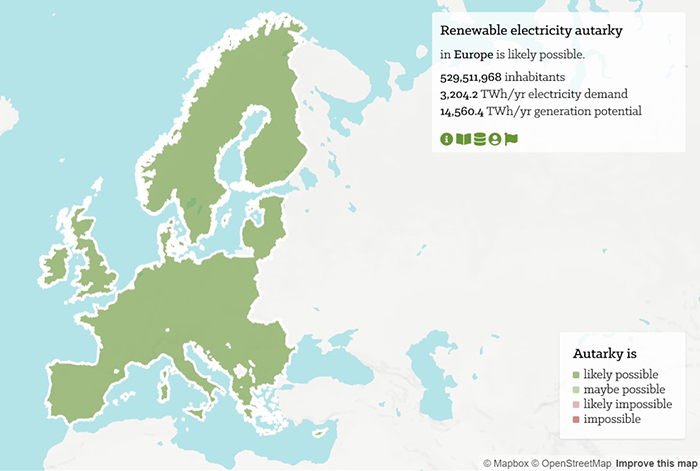
©Tim Tröndle
There are many ways in which people, like you, can get involved in the energy transition. For example:
- Save energy wherever you can because anything that is not used is even better and it will help us to get through the winter in times of crisis.
- Use efficient appliances because they use less energy than other appliances. There are also smart appliances, such as smart thermostats, that allow you to regulate home heating consumption better.
- Switch to a green energy provider that invests in and builds solar panels and wind turbines.
- Install solar panels on homes and schools.
- Vote and demand that the local and national governments do more for the energy transition.
You too can make a difference. Become part of the global movement and tell your friends about it. Knowledge is power!

Lecturers Without Borders (LeWiBo) is a non-profit NGO that aims to bring science and scientists into the classroom – both online and in person – to empower, inspire, and motivate students and to provide a safe environment for a dialogue, discussion, and exchange between scientists, teachers, and school students.
LeWiBo’s network of scientists use their travel opportunities (when attending scientific conferences, going on holidays, etc.) to give free outreach lectures in local schools and universities across the world. Online lectures in the form of webinars are organised when the physical presence of the scientist in the classroom is not possible.
The LeWiBo network is currently comprised of 340 lecturers (and counting) who cover a wide range of STEM disciplines and can approach up to 8000 schools around the world. For more information, or to access free resources, visit: www.lewibo.org
References
[1] Eurostat (2020) Shedding light on energy in the EU. 2022 interactive edition: https://ec.europa.eu/eurostat/cache/infographs/energy/index.html?lang=en
[2] IRENA (2021) Majority of New Renewables Undercut Cheapest Fossil Fuel on Cost: https://www.irena.org/news/pressreleases/2021/Jun/Majority-of-New-Renewables-Undercut-Cheapest-Fossil-Fuel-on-Cost
[3] European Commission (2022) REPowerEU. Affordable, secure and sustainable energy for Europe: https://ec.europa.eu/info/strategy/priorities-2019-2024/european-green-deal/repowereu-affordable-secure-and-sustainable-energy-europe_en
[4] European Commission (2021) Delivering the European Green Deal: https://ec.europa.eu/info/strategy/priorities-2019-2024/european-green-deal/delivering-european-green-deal_en
[5] Sustainable Energy Transition Laboratory (SENTINEL): https://sentinel.energy/
[6] Euro-Calliope Data Explorer (2022): https://explore.callio.pe/
[7] Süsser D et al. (2022) Why energy models should integrate social and environmental factors: Assessing user needs, omission impacts, and real-word accuracy in the European Union. Energy Research & Social Science 92: 102775. doi: 10.1016/j.erss.2022.102775
[8] Süsser D et al. (2022) Better suited or just more complex? On the fit between user needs and modeller-driven improvements of energy system models. Energy 239(Part B): 121909. doi: 10.1016/j.energy.2021.121909
[9] Tröndle T, Pfenninger S, Lilliestam J (2019). Home-made or imported: On the possibility for renewable electricity autarky on all scales in Europe. Energy Strategy Reviews 26: 1–13. doi: 10.1016/j.esr.2019.100388
Resources
- Read more about Lecture Without Borders.
- Look at an interactive electricity autarky map of Europe.
- Explore the Euro-Calliope data on options to reach carbon neutrality in Europe.
- Explore the EnergyPLAN model that simulates the operation of national energy systems
- Learn about Demand for Energy Services, Supply, and Transmission in Europe (DESSTINEE), a model for the European energy system in 2050.
- Read the UNESCO booklet Getting climate-ready: a guide for schools on climate action.
- Explore the teaching resources for renewable energy provided by STEM learning
- Try out this lesson on renewable energy from TeachEngineering
- Try some of the energy-related lesson plans from the World’s Largest Lesson linked to SDG 7: Affordable and Clean Energy
- Discover the eco schools movement and find your national group
- Learn how the extraction of metals can have negative environmental effects: Furze J, Harrison T (2021) Elements in danger! Science in School 54.
- Read about the importance of oceans for climate change: Harrison T, Khan A, Shallcross D (2017) Climate change: why the oceans matter. Science in School 39: 12–15.
- Explore the effect of carbon dioxide on ocean chemistry with practical activities: Ribeiro CI, Ahlgren O (2021) An ocean in the school lab: carbon dioxide at sea. Science in School 55.
- Build a solar cooker and learn about the thermoelectric effect with Peltier modules: Mancini P (2022) Cooking with sunlight and producing electricity using Peltier modules. Science in School 61.
- Watch a lecture on renewable energy by Dr Diana Süsser.
- Read an interesting recent article on whether the world can be powered by renewable energy.





